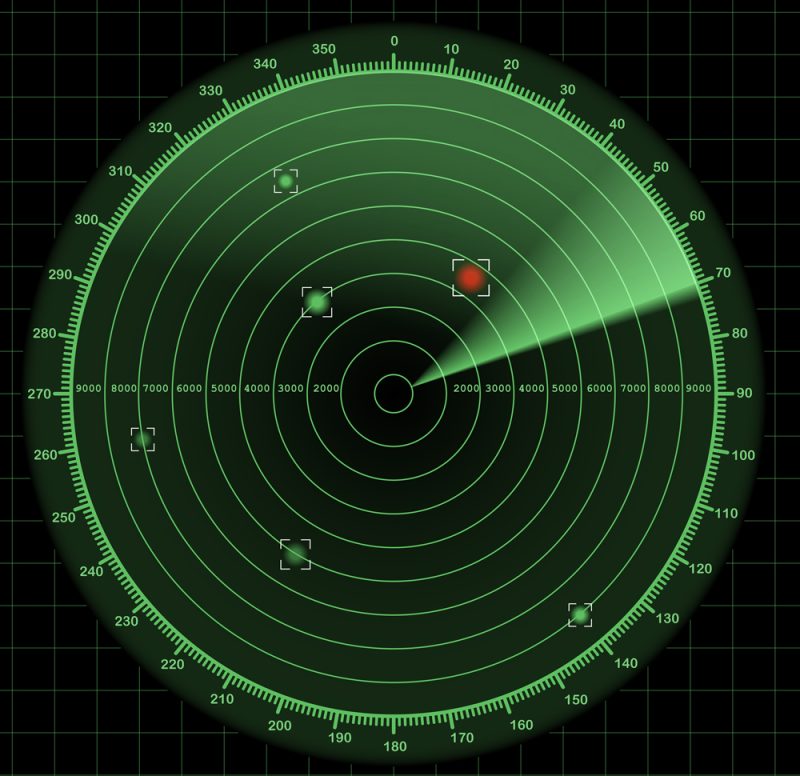It seems like there’s a significant technological step forward every year in the modern age. Artificial intelligence and machine learning, blockchain, and robotics are among the current main trends that are changing the way we live.
The potential of the Internet of Things (IoT) has been growing too. This is largely thanks to the number of devices having WiFi incorporated into their systems. It is expected that there will be 38.6 billion IoT-connected devices worldwide by 2025 and a further 12 billion by 2030.
Major progress is also expected in radar technology. Initially developed to aid the military during World War I, it now has a multitude of purposes. And that list could well grow in the near future.
What is radar used for today?
Many people likely still view radar as a rather primitive technology that’s only used in military settings. It immediately conjures up the image of someone lent over a small screen, watching a dot intermittently move as the electromagnetic signals are reflected at the sensor.
However, it has been adopted in many different spheres over the years, including ones that impact our everyday life. These include:
- Airport surveillance: Having originally been developed to detect things like airplanes and ships, it is unsurprising that the technology remains crucial in air traffic control.
- Weather monitoring: The electromagnetic pulses can be used to locate areas and types of precipitation for short-term forecasting. This can be merged with other data sources to provide a more detailed forecast.
- Agriculture: It may not be something you’d expect, but radar can be hugely beneficial to farmers. It can be used in crop mapping, soil moisture and irrigation management, and pest detection to name but a few applications.
- Transport: Radar is being harnessed for self-driving cars. However, instead of relying solely on the reflection of signals for a point on a map, the new systems – dubbed 4D radar – incorporate proximity sensors to gather greater levels of data.
- Search and rescue: Locating missing people in wild, remote areas or following a natural disaster like an earthquake is made easier by the use of radar – it can see things that the naked eye might not spot. It can also pick up distress signals, reducing the time it takes for help to reach those in trouble.
- Healthcare: Radar can be used as a non-contact solution to monitor heart and breathing rates. This can be particularly useful when treating contagious diseases.
Of course, radar still has its uses in the military. It plays a key role in national security, featuring in missile defense and border monitoring systems.











